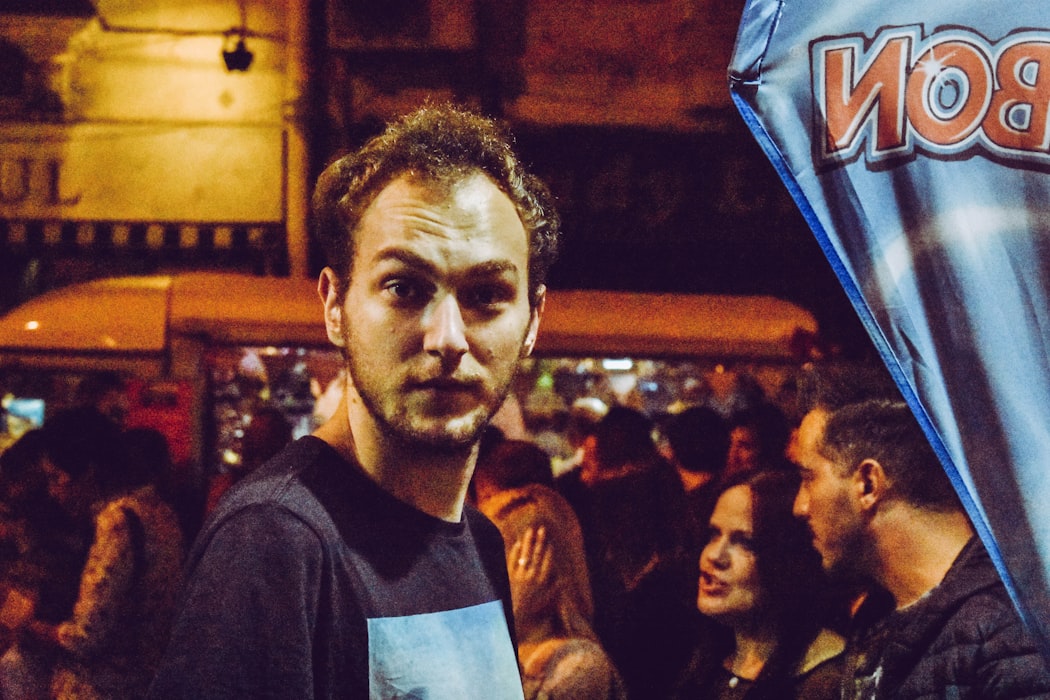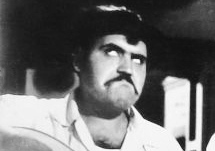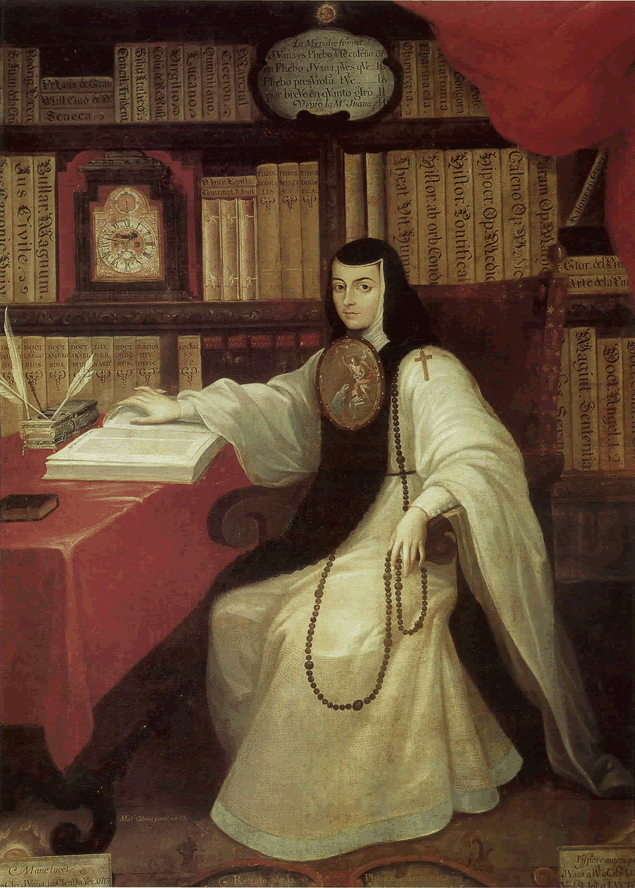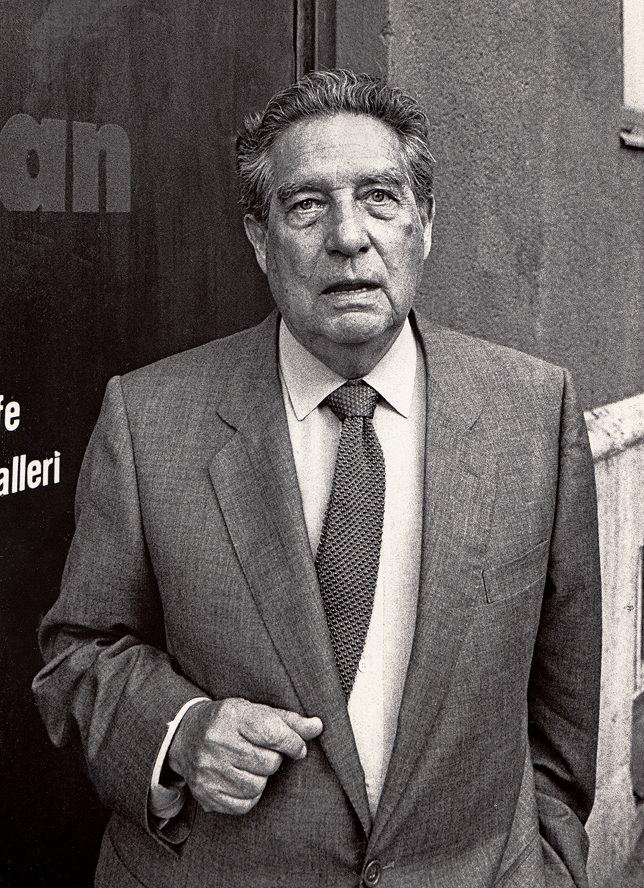Los refranes forman parte de la comunicación diaria de muchos hablantes hispanos, partiendo principalmente de las experiencias de vida, utilizados en su mayoría por personas nativas en su idioma.
Los refranes se utilizan para expresar creencias y opiniones populares por medio de un enunciado breve y creativo, tienen significado por sí mismos y nos permiten mostrar contextos comunicativos reales, incluso pueden ser el medio para expresar un comentario irónico o sarcástico.
Son caracterizados por contener una verdad incómoda en la mayoría de los casos; de algún modo los refranes reflejan cosas sobre el comportamiento individual y colectivo que es necesario hacer consciente, pero en ocasiones “cala”.
Usarlos no es cualquier cosa, el chiste es seleccionar los más adecuados para nuestros objetivos, en el momento indicado y con las personas indicadas, su uso muchas veces depende del nivel de confianza que tengas con alguna persona o grupo, pero así mismo muestra buen nivel del manejo del idioma, por ello es preciso escucharlos en nativos de cada lenguaje.
A continuación cito algunos refranes en español y como se podría traducir al inglés, aunque no necesariamente de forma literal pero conservando el significado.
Cría cuervos y te sacarán los ojos
I gave you a stick to break my own head with
Cuando le enseñas malos comportamientos o malas actitudes a alguien. Como cuando un padre cría un hijo malo, pero al final el hijo termina estando en su contra.
A mal tiempo, buena cara
What can’t be cured must be endured
Cuando las cosas van mal, no van como se espera, o se complican, lo más conveniente es enfrentarlas con la mejor actitud.
Por ejemplo, cuando un compañero de clase ha sacado mala nota en el primer examen del año le decimos “al mal tiempo, buena cara”, para que no se desanime y siga adelante con lo que viene
Más vale tarde que nunca
Better late than never
En ocasiones, no importa llegar con retraso a algo, el caso es lograrlo.
Puede ser usado cuando alguien tarda mucho en graduarse o concluir la escuela, es una forma de animarlo, que no importa cuanto tiempo le lleve, el caso es que lo logre.
Dime con quién andas y te diré quién eres
A man is known by the company he keeps
Indica que se puede conocer a una persona a través de su grupo de amigos o de su compañía.
Esto es porque el círculo social donde se desenvuelve, influye en su comportamiento, es como una advertencia a las malas compañías. Es comúnmente usado para hacer referencia a malas compañías aunque aplique también para las buenas compañías
Quien se ríe al último, ríe mejor
He who laughs last, laughs best
Hace un llamado a controlar la soberbia. Usualmente se enuncia cuando alguien ha sido humillado o vencido, normalmente de forma injusta, y espera en el futuro estar en una posición que le permita ver al otro caer, triunfar sobre el otro o vengarse del otro, o simplemente demuéstrale que la situación ha cambiado.
Los hechos valen más que mil palabras
Actions speak louder than words
Se refiere cuando las acciones de las personas no coinciden con sus palabras, o bien, es muy fácil hablar de hechos y no poner manos a la obra para que se cumplan. ¡No solo hables, actúa! Usualmente es presunción de algo a lo que aún no se ha llegado.
En el país de los ciegos, el tuerto es rey
In the country of the blind, the one-eyed man is king
Se refiere a las personas que sobresalen ante los demás, es decir, aquellas personas que no poseen grandes talentos o habilidades, pero son menos mediocres que otros. En resumen se refiere a lo menos malo de entre todo lo que hay.
¿Y tú, que otros refranes conoces y qué usos les das?










![Ardiente verano (Erótica) (Spanish Edition) by [Noelia Amarillo]](https://i0.wp.com/m.media-amazon.com/images/I/51rVZLMOVpS.jpg?resize=292%2C375&ssl=1)
![Bajo el calor de tu piel (Ardiente Verano nº 2) (Spanish Edition) by [Noelia Amarillo]](https://i0.wp.com/m.media-amazon.com/images/I/517BfFk39RL.jpg?resize=242%2C375&ssl=1)

![Indias blancas (Narración en Castellano) [White Indians]](https://i0.wp.com/m.media-amazon.com/images/I/51470+T+5NL.jpg?resize=375%2C375&ssl=1)
![Trilogía Pídeme lo que quieras (Erótica) (Spanish Edition) by [Megan Maxwell]](https://i0.wp.com/m.media-amazon.com/images/I/51soaKENa0L.jpg?w=620&ssl=1)










































